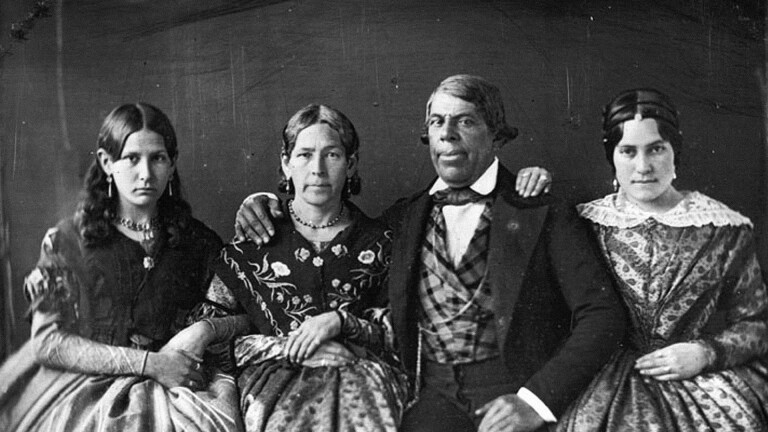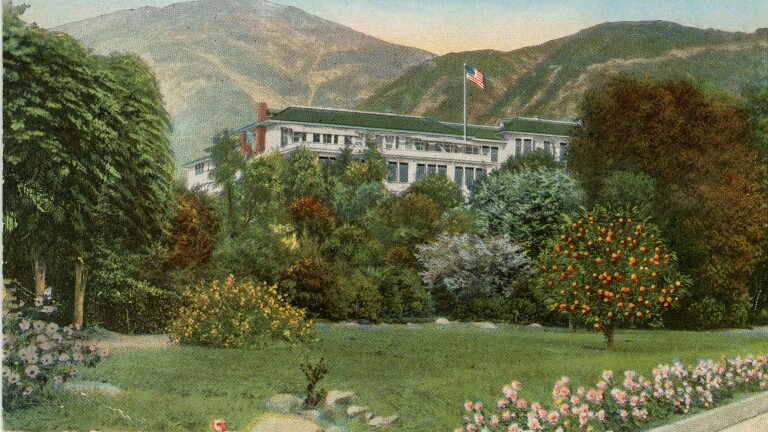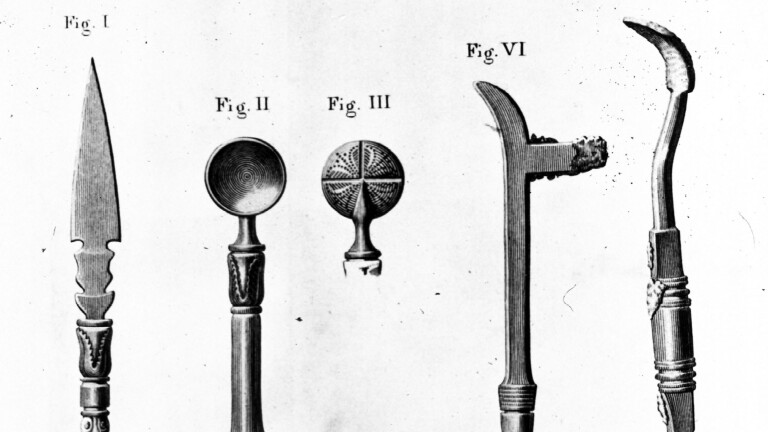Back to Show
Lost LA
Tuberculosis: The Forgotten Plague (Preview)
Archives reveal the "forgotten plague” that shaped Southern California: tuberculosis. Lost LA host Nathan Masters explores how California’s fresh air and sunshine drew "consumptives" to local sanatoriums as well as the stark realities of life as a TB patient. Featured interviews include USC’s William Deverell, the Los Angeles Times’ Patt Morrison and infectious disease specialist Dr. Brenda Jones.
Support Provided By
Related

26:40
California’s deserts have sparked imaginations around the world. This episode explores the creation of the Salton Sea; the effort to preserve Joshua Tree National Park; and how commercial interests created desert utopias like Palm Springs.

51:47
"Lost L.A.: Descanso Gardens" explores the history of one of southern California's most-beloved public gardens.

26:50
Americans have long looked at the California shore and seen the end of the continent. Instead, this episode interprets that sandy edge as the beginning of a Pacific world.

25:06
See how the many restrictions many Angelenos had to navigate, exposing Los Angeles as a place of coded segregation and resistance.

23:50
Los Angeles is often identified with Hollywood, but there's more to the entertainment industry than its facade of movie stars and blockbuster films.

25:32
Wood, iron, steel, concrete -- these are the materials that gave form to Los Angeles and shaped its identity in the national imagination. This episode also questions the cultural legacy and environmental costs of the city's relentless growth.

26:50
American history has long been told as a triumphant march westward from the Atlantic coast, but in southern California, our history stretches back further in time.

28:32
In this episode, "Lost LA" examines how the modern metropolis has reshaped its own topography. The program explores downtown L.A.'s lost hills and tunnels, as well as the vanished canals of Venice Beach.

20:57
In this episode, "Lost LA" explores the various ways Southern California's inhabitants have used the hills around Dodger Stadium.




















